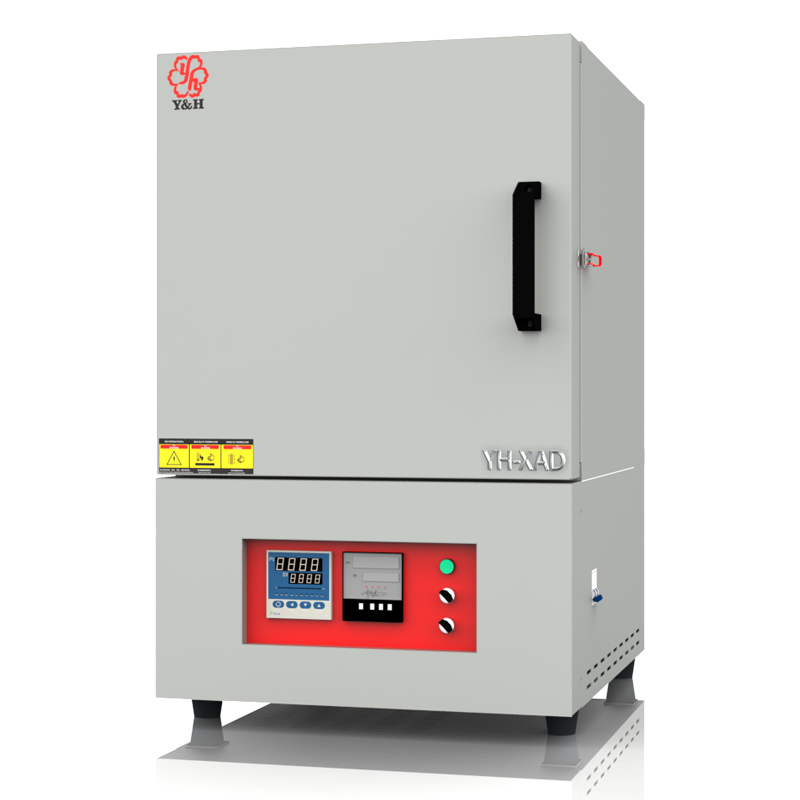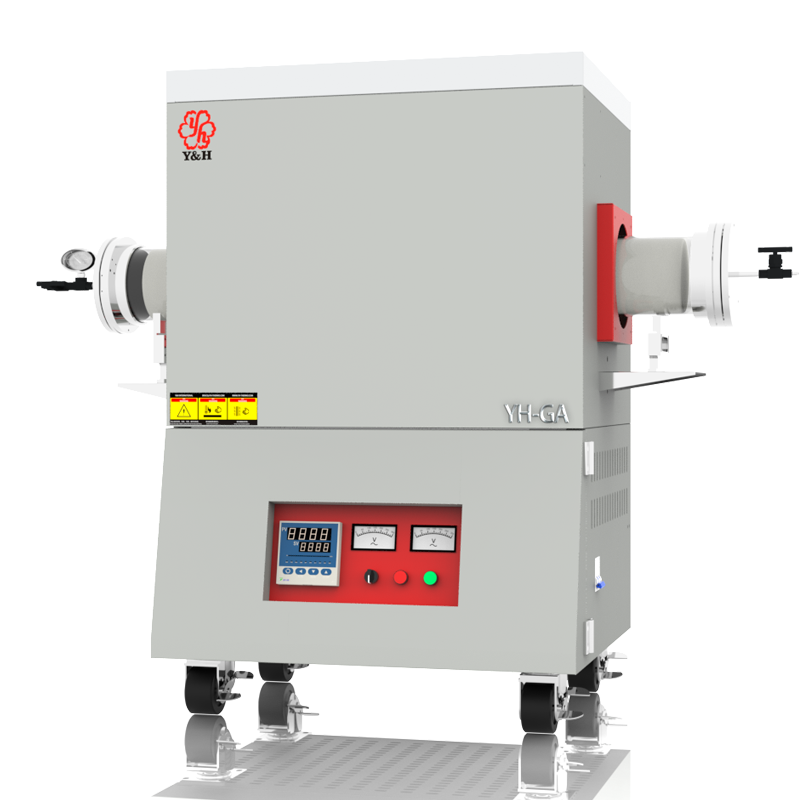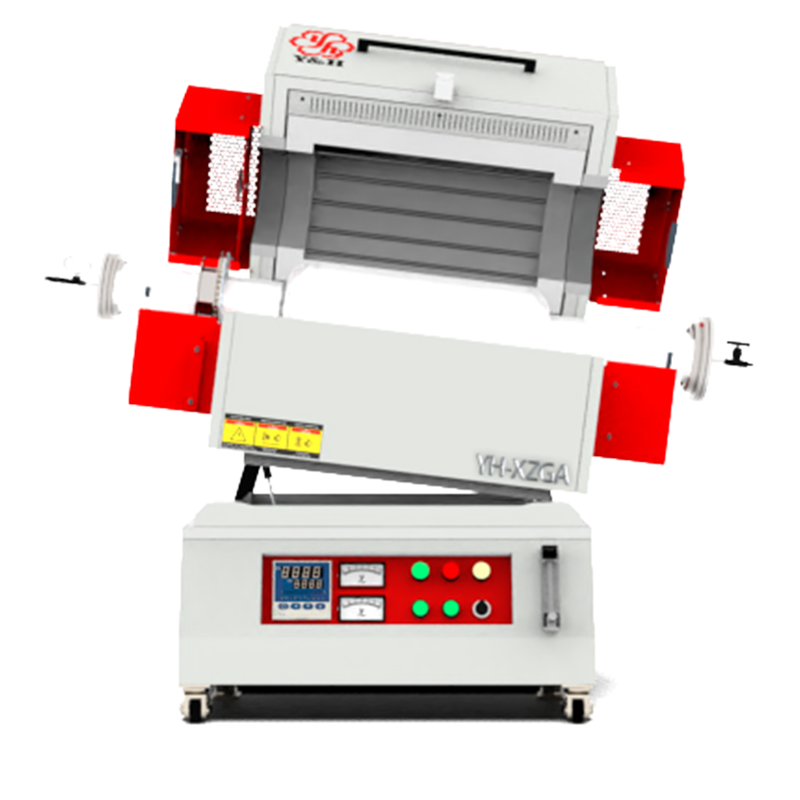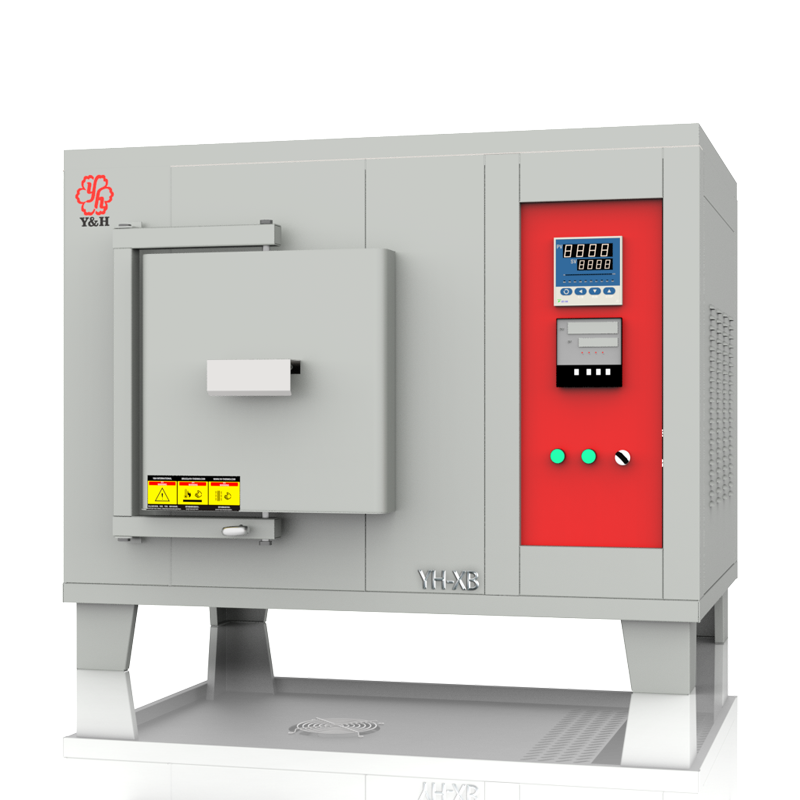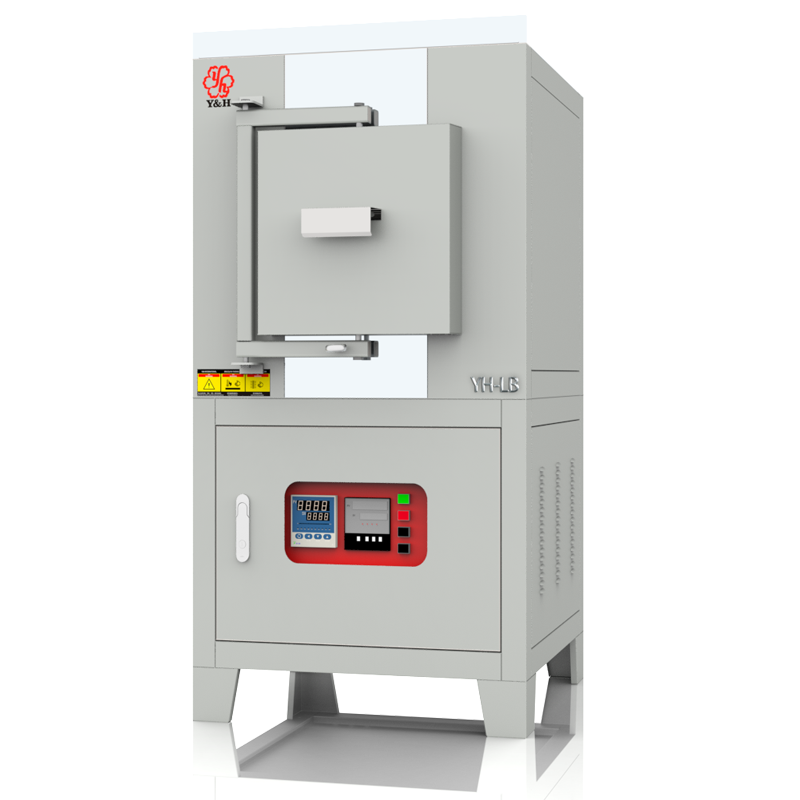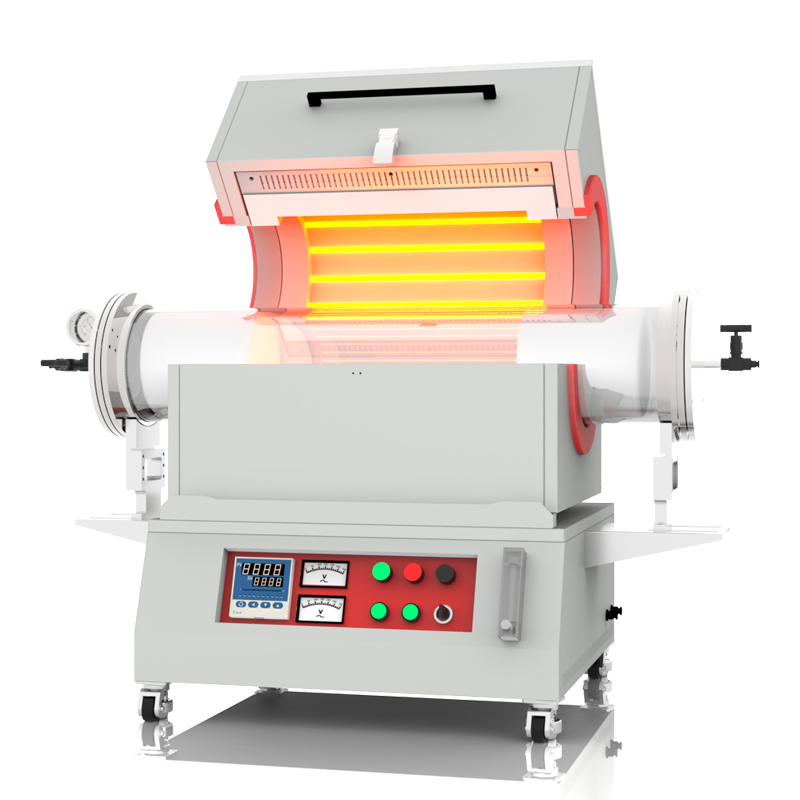Common troubleshooting and precautions for high-temperature frit furnaces
As critical equipment in modern industrial production, the high-temperature frit furnace plays a crucial role in ensuring production efficiency and product quality. However, due to various factors, such furnaces inevitably experience malfunctions during operation. This article aims to discuss common malfunctions of high-temperature molten metal furnaces, along with their troubleshooting methods. It emphasizes the precautions necessary during use to ensure the equipment operates smoothly and to extend its service life.
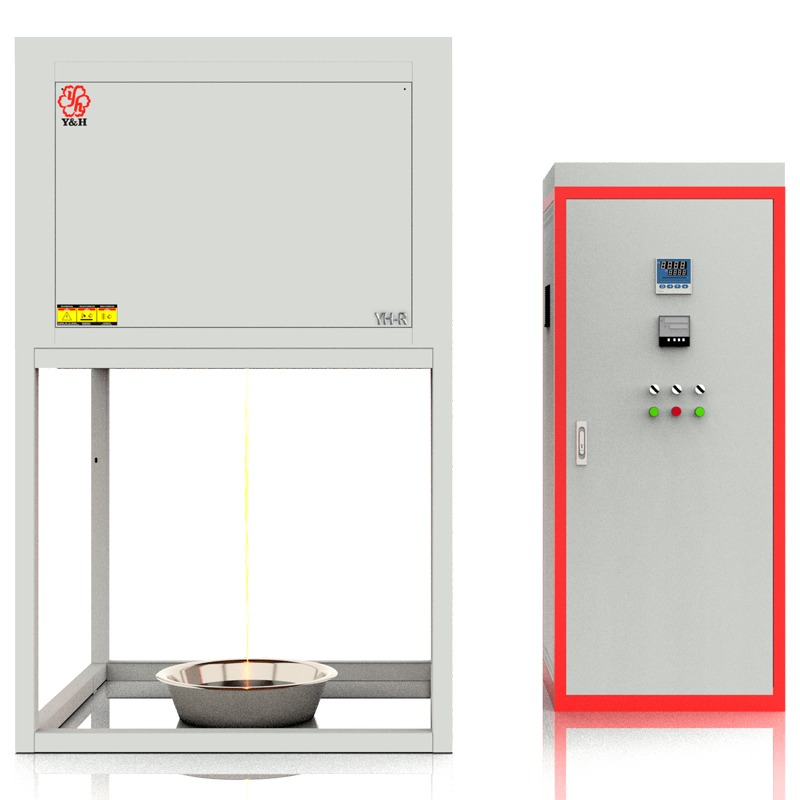
(Integrated frit furnace)
Common Faults and Troubleshooting Methods for High-Temperature Melting Furnaces
Electrical faults: These include issues with power supply lines and controllers. For power supply line faults, check if the lines are correctly connected and inspect for any short circuits or breaks. For controller faults, verify if the controller's settings are correct and check for any physical damage to the controller itself.
Heating element failures: Common issues include aging, damage, or insufficient power of the heating elements. In such cases, replace the heating elements with new ones that match the equipment's power requirements.
Insulation performance degradation: Aging or damaged insulation materials, as well as inadequate furnace door seals, can lead to decreased insulation performance. Solutions involve replacing aged insulation materials, repairing damaged areas, and ensuring the furnace door seals tightly to maintain optimal insulation performance.

(Frit furnace material outflow)
Precautions for using high temperature frit furnace
Standard operation: The operator must start, run, and shut down the device in strict accordance with the operating rules to avoid equipment failures or safety accidents caused by improper operations.
Regular inspection: Regular inspection and maintenance of high temperature frit furnace, including electrical system, heating elements, insulation materials, cooling system and other components inspection and maintenance, to ensure the normal operation of the equipment.
Safety protection: The equipment should be equipped with perfect safety protection devices, such as overheat protection, overcurrent protection, etc., to ensure that the power can be cut off in time when the equipment fails or abnormal conditions to prevent accidents.
Maintenance: Maintaining the cleanliness and hygiene of the equipment is of great significance for extending the service life of the equipment and improving production efficiency. The residue and ash in the furnace should be cleaned regularly to keep the furnace clean; Lubricate the lubricated parts of the equipment regularly to reduce wear and friction.
Reasonable feeding: According to the capacity and process requirements of the equipment, reasonable control of the amount and speed of the material delivery, to avoid the one-time delivery of too much material resulting in excessive equipment load or uneven distribution of materials.
Pay attention to environmental factors: The high-temperature frit furnace should be placed in a well-ventilated, dry and clean environment to avoid adverse effects on the equipment such as humidity, inflammable and explosive.
